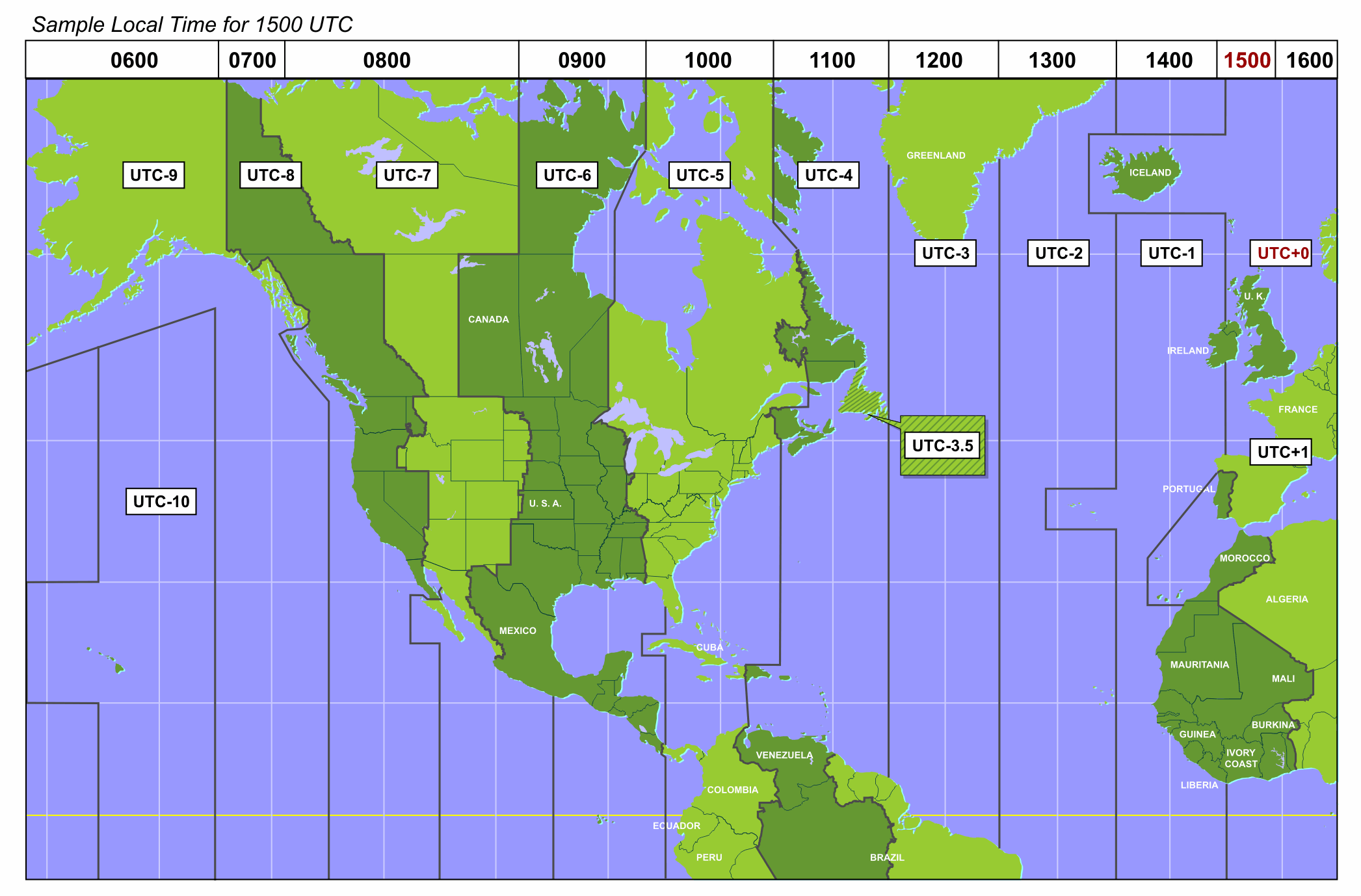Time zones can be a source of confusion for many, especially when planning events, meetings, or simply communicating with someone across the country. One common conversion that often arises is between Eastern Standard Time (EST) and Pacific Standard Time (PST). With the eastern part of the United States being three hours ahead of the west, knowing how to accurately convert the time can save you from missing important engagements. In this article, we will delve into the specifics of converting 8am EST to PST and explore its significance in various contexts.
Understanding the difference between EST and PST is essential for anyone engaged in long-distance communication, whether it be for business or personal reasons. The Eastern Time Zone covers major cities like New York and Washington D.C., while the Pacific Time Zone includes cities such as Los Angeles and Seattle. This geographical divide can lead to miscommunication if people are not aware of the time differences.
Let’s take a closer look at the conversion process, why it matters, and how you can easily remember the time difference. Whether you are scheduling a meeting or planning a call, this guide will provide you with all the necessary information you need to seamlessly navigate the time zones. So, let’s get started!
What is the Time Difference Between EST and PST?
The time difference between Eastern Standard Time and Pacific Standard Time is three hours. When it is 8am EST, it is 5am PST. This means that if you’re in New York and you plan to have a call with someone in California at 8am your time, they will still be waking up early in the morning.
Why is Knowing the Time Difference Important?
Understanding the time difference is crucial for various reasons:
- Scheduling meetings that accommodate participants from different time zones.
- Avoiding confusion in travel plans or events.
- Ensuring that messages are communicated effectively without delays.
How to Convert 8am EST to PST?
Converting 8am EST to PST is straightforward. Simply subtract three hours from your Eastern Standard Time. Here's a simple step-by-step guide:
- Identify your time in EST (in this case, 8am).
- Subtract three hours from that time.
- You will arrive at 5am PST.
What Happens During Daylight Saving Time?
During Daylight Saving Time, the time difference between EST and PST changes. Eastern Daylight Time (EDT) is observed in the summer months, which is UTC-4, while Pacific Daylight Time (PDT) is UTC-7. This means the time difference narrows to two hours:
- 8am EDT converts to 6am PDT.
How Can You Keep Track of Time Zones Easily?
Keeping track of time zones can be a challenge, but there are tools and strategies that can help:
- Utilize smartphone applications that automatically adjust time for different zones.
- Set reminders that specify the time zone for your meetings.
- Use world clocks available on various websites or as widgets on your devices.
What are Some Common Scenarios for 8am EST to PST Conversion?
There are various scenarios where converting 8am EST to PST is crucial:
- Business meetings between companies located on both coasts.
- Virtual events or webinars that attract participants from different regions.
- Family calls or catch-ups when relatives live in different states.
Can You Automate Time Zone Conversions?
Yes, there are several ways to automate time zone conversions:
- Calendar applications often have built-in features to adjust for time zones.
- Use online time zone converters that provide instant results.
- Set up reminders or alerts that include the correct time zone for events.
Conclusion: Importance of Time Zone Awareness
In conclusion, understanding how to convert 8am EST to PST is essential for effective communication, especially in our interconnected world. Whether it’s for business meetings, family calls, or scheduling events, being aware of the time difference can help prevent misunderstandings and ensure smooth interactions. Utilizing the various tools and strategies mentioned, you can easily keep track of time zones and improve your overall time management skills.



